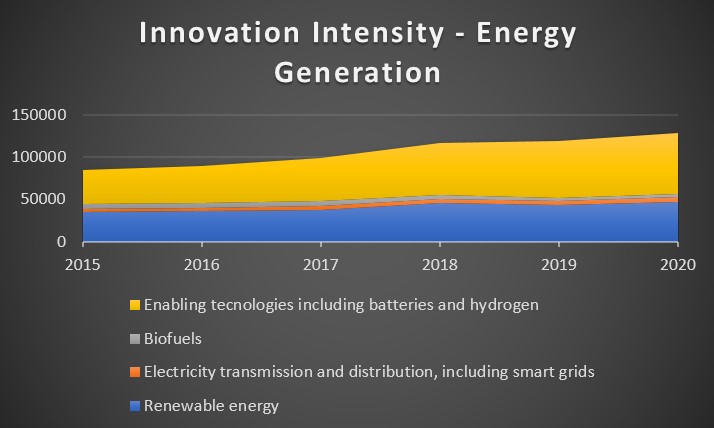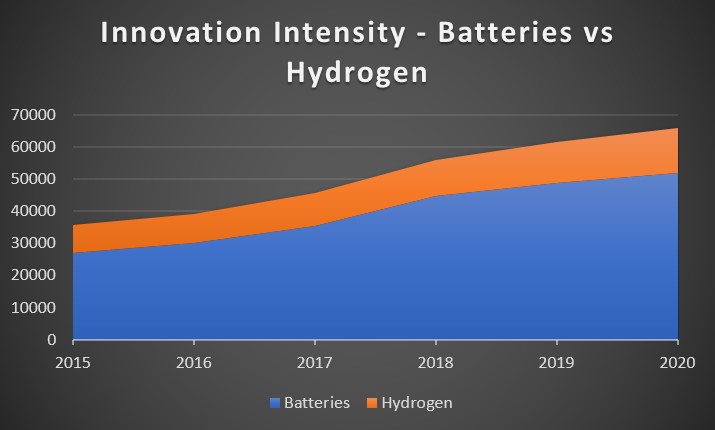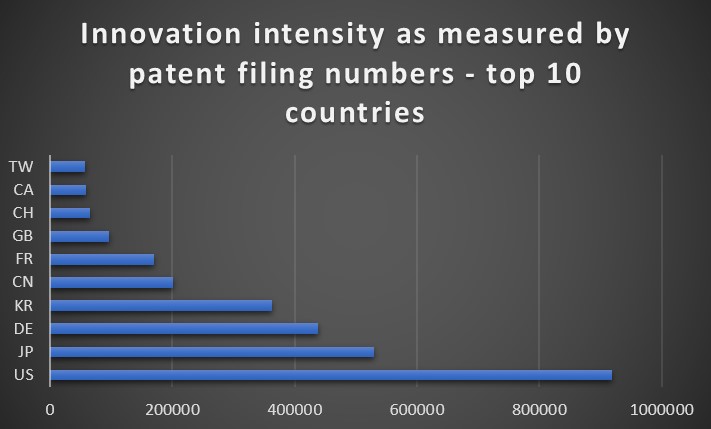29/10/2021
With the arrival of COP26, the UK have a unique opportunity to lead the world in joining forces to act against climate change and safeguard the world for future generations. The 26th Conference of the Parties of the United Nations Framework Convention on Climate Change is to be hosted in Glasgow next week and provides a focal point for strengthening global ambitions to meet the goals established by the 2015 Paris Agreement, limiting global temperature rises to 1.5 degrees.
As part of its presidency of COP26, the UK lists several impressive steps it has already taken to combat climate change. We, have, for example, decarbonized our economy faster than any other country in the G20 since 2000, with the sale of new petrol and diesel cars set to end in 2030, putting the UK on track to be the fastest G7 country to decarbonize cars and vans. We were also the first major economy to put into law that we will reach net zero carbon emissions by 2050.
However, embedding this requirement in law, which has since been followed by many other countries, is not enough without a clear strategy of how it is to be achieved. At COP26, countries are being asked to come forward with ambitious 2030 emissions reductions targets, to commit to investment in climate change solutions, and to accelerate action to tackle the climate crisis through collaboration between governments, businesses and society.
Technological Solutions
With this comes a need for specific technological solutions to reduce emissions and combat climate change. The UK are, for example, the largest producer of offshore wind energy in the world. An exciting area, and one which looks certain to play a major role in the future energy supply. Higher wind speeds mean that electricity generation per amount of capacity installed is higher compared to wind turbines on land, and there is more freedom in siting wind farms, especially with the development of innovative floating wind technology, enabling turbines to be located further out at sea.
But the fact remains that no single solution has the capability to achieve net zero.
Indeed, according to a report by the IEA, nothing short of a total transformation of the energy systems that underpin our economies is needed, and achieving net zero by 2050 requires not only rapid deployment of available technologies, but also relies on the use of technologies that are not yet available.
Renewable electricity sources such as wind and solar have long proven their viability. However, to scale up and take the place of fossil fuels in the global energy mix, big changes to the way we store and distribute energy are needed. Hydrogen, advanced batteries, and smart grid technologies are set to play a key role in this transition in the long term, but require innovation and investment now. Alongside this, developments in carbon capture, utilization and storage are critical to offsetting carbon emissions in hard to abate sectors.
Technology and innovation are critical to a sustainable future.
“If we are to achieve net zero by mid-century, we need to drive forward innovation in established clean energy technologies and accelerate research into innovative solutions in new and emerging areas“.
Measuring Innovation
Patents provide a useful measure of innovative activity. In the pursuit of net zero, however, innovation spans a diverse range of traditional technical areas, making it difficult to track. In recognition of this, the European Patent Office has developed the “Y02” classifications scheme which allows tracking of climate change mitigation technologies.
The Y02 category is broken down into sub-classes which cover a broad spectrum of climate change mitigation technologies, ranging from protection from the effects of extreme weather to techniques for capturing and storing carbon dioxide.
Here we focus on energy generation, which is tagged Y02E. The graph below shows a general, encouraging trend of increasing innovation intensity in the 6 years from the beginning of 2015 to the end of 2020. Interestingly, innovation intensity relating specifically to renewable energy sources (wind, solar, hydro, etc.), though still high, has plateaued, reflecting the sector reaching a stage of maturity where innovation tends to relate to incremental improvements to existing technologies, rather than radical new solutions. By contrast, innovation intensity relating to enabling technologies such as hydrogen, batteries and other energy storage continues to increase at a significant rate, which bears out the IEA’s identification of this as a key area for innovation. And though the numbers are lower, innovation in the class that covers smart grids also shows a marked increase.

Looking closer at batteries and hydrogen, we can compare the trends for these rival forms of energy storage over the past 6 years in the second graph. Batteries are the clear leader, presumably attributable to the success of battery powered electric vehicles; but it is trends rather than absolute numbers that are interesting here, and hydrogen exhibits a clear and sustained increase in innovation intensity. It will be interesting to see how this develops with recent interest in hydrogen as a clean energy solution across a variety of applications, from hydrogen cars to a replacement for natural gas.


The third graph shows the top ten countries innovating in the climate change mitigation field, as measured by patent filing numbers. With the UK serving as president for COP26, it’s perhaps reassuring to see the UK in the list, sitting in 7th spot. However, the message ahead of COP26 is clear. No single country and no single technology can solve climate change. What is needed is a global effort to collaborate on innovation and investment to secure net zero and safeguard the world for future generations.
This article is for general information only. Its content is not a statement of the law on any subject and does not constitute advice. Please contact Reddie & Grose LLP for advice before taking any action in reliance on it.


